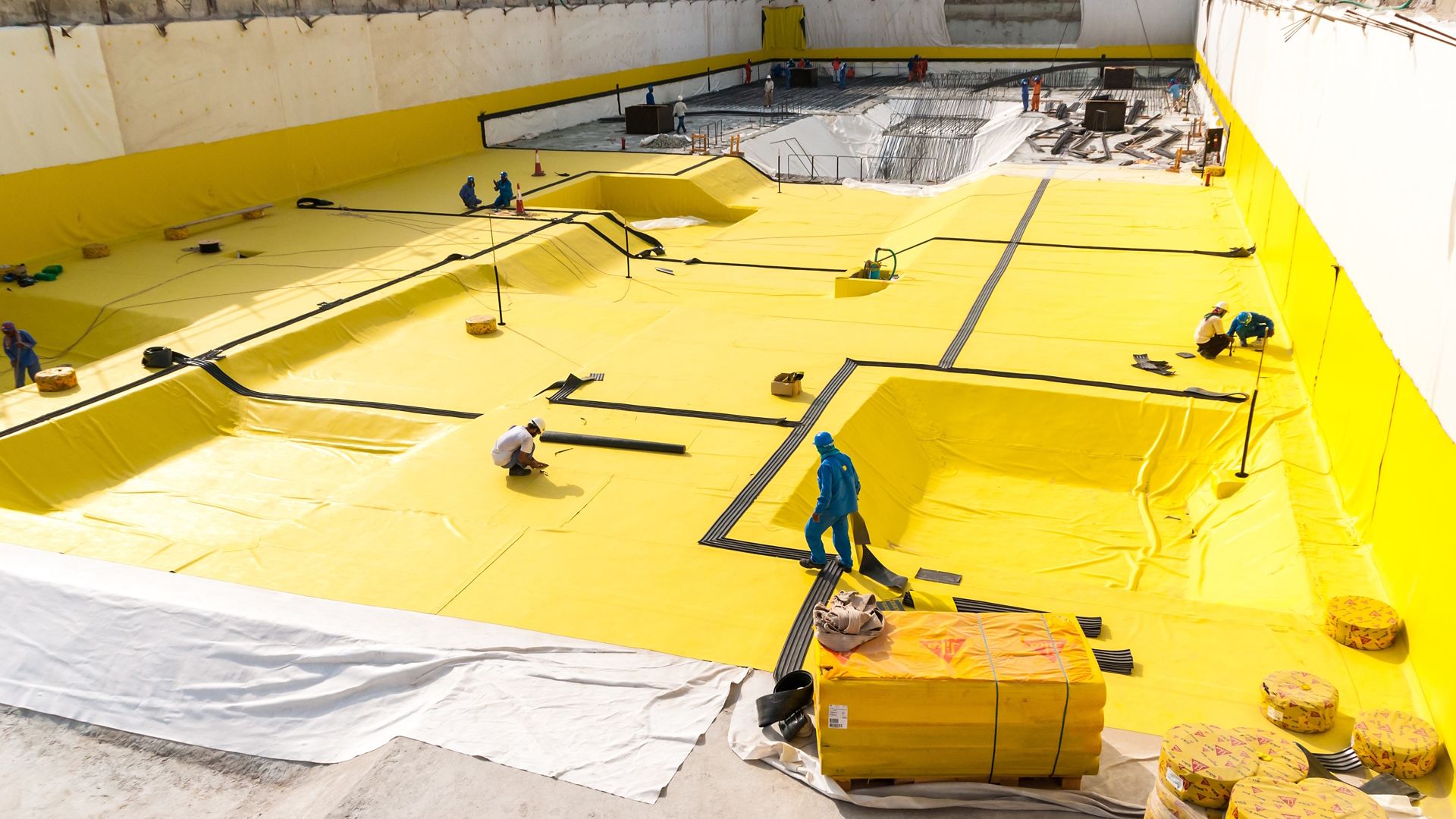Waterproofing is a critical aspect of home maintenance that often gets ignored until it's already too late. As a property owner, understanding the significance of waterproofing can save you from costly repairs and major destruction down the line. From securing your basement to ensuring the strength of your roof, efficient waterproofing methods can safeguard your property against the damaging effects of water.

In this write-up, we will explore various waterproofing techniques that every homeowner should take into account. We will talk about why waterproofing is vital, how it can save you a significant amount in repairs, and dispel common myths surrounding the process. Whether you're handling moisture issues in your basement, gardens, or even outdoor structures like decks and swimming pools, there are options available to create a moisture-free and safe living environment. Get ready to learn about the best practices, products, and professional advice that will assist you keep your home safe from water damage.
Essential Water Resistance Methods
One of the key waterproofing techniques for residents is basement waterproofing. This process involves deploying coatings and applications to the foundation walls to reduce water intrusion. By addressing moisture issues at the foundation level, homeowners can prevent significant water damage and preserve the structural integrity of their homes. It is important to check the foundation regularly for fractures and additional signs of potential leaks, ensuring that preventive measures are carried out in a timely manner.
Additionally, another important method is basement waterproofing, which includes both inside and outside solutions. Interior waterproofing typically involves setting up sump pumps, drainage systems, and vapor barriers to manage water that trickles into the basement. On the other hand, exterior waterproofing, focuses on leading water away from the foundation through proper landscaping, gutters, and downspouts. Knowing the difference between these approaches allows homeowners to choose the appropriate strategy to defend their homes.
Roof waterproofing is likewise essential, as it defends one of the most exposed areas of a house from leaks and water damage. Techniques include deploying waterproof membranes or coatings, confirming that seams are tightened, and regularly maintaining drainage systems to avoid ponding water. By putting resources in proper roof waterproofing measures, homeowners can extend the lifespan of their roofing materials and prevent costly repairs caused by water infiltration.
Cost and Benefits of Waterproofing
Sealing against water can initially seem like a significant expense for homeowners, but understanding its future benefits is crucial. The expense of properly waterproofing your home may differ depending on the area being treated, the materials used, and whether you opt to go the self-installation route or hire professionals. While initial costs can span from a a couple of hundred to several thousand dollars, many homeowners understand that this expenditure can avert much larger expenses related to water damage and mold remediation later on.
In furthermore to the savings associated with preventing major repairs, waterproofing improves the overall value of your home. A well-waterproofed property is less likely to suffer from structural damage, which means more security for homeowners and increased marketability when it comes time to sell. Additionally, waterproofing can increase energy efficiency in your home, as it minimizes moisture intrusion, helping to maintain comfortable interior conditions and reduce energy costs over time.
Lastly, proper waterproofing plays a role to better living conditions. By hindering dampness and mold growth, homeowners reduce health risks associated with poor air quality and respiratory issues. Financing waterproofing not only protects your property and saves you money but also fosters a safe and comfortable environment for you and your family.
Determining the Right Waterproofing Methods
When it comes to waterproofing your home, deciding on the best solutions is crucial for providing long-term safeguarding against water harm. Begin by evaluating the specific areas that demand attention, including basements, roofs, or outdoor structures. Each section may require varied techniques and materials, so it's essential to understand the unique demands of each space. https://aluneed.ca/ as your local climate, soil type, and the existing condition of your property to make informed decisions.
Investigate various waterproofing products and methods available. There are both DIY and professional options, with each having its own advantages and limitations. As an example, while DIY products can save money, they may not provide the same level of protection as professional systems, notably for complex structures like foundations or commercial buildings. Take the time to compare options, read reviews, and consult professionals when necessary to ensure you are choosing the best solutions for your needs.
Lastly, don't forget the necessity of working with a reputable waterproofing contractor if you decide to opt the professional route. A skilled expert will not only help you select the right products but will also guarantee proper installation, which is crucial for effectiveness. Obtain quotes, check references, and ensure the contractor has experience in the specific type of waterproofing you need. By making thoughtful choices and putting resources into quality solutions, you can safeguard your property and save significantly on future repairs.
